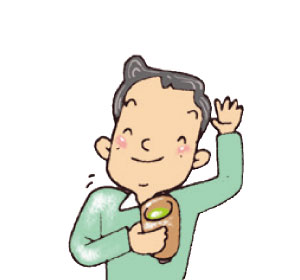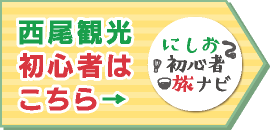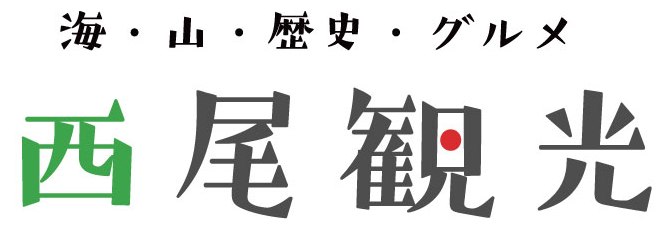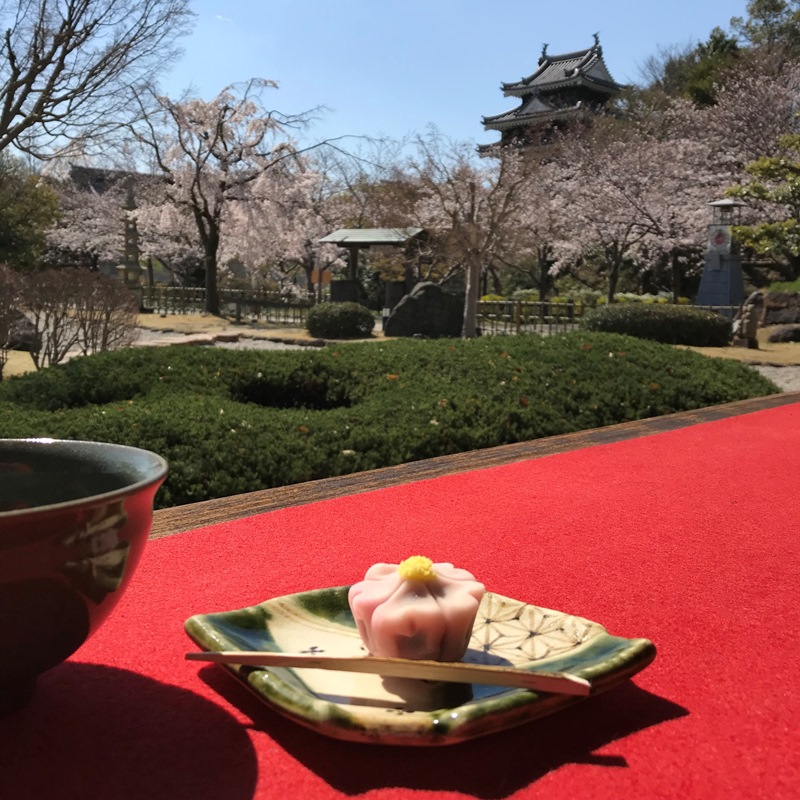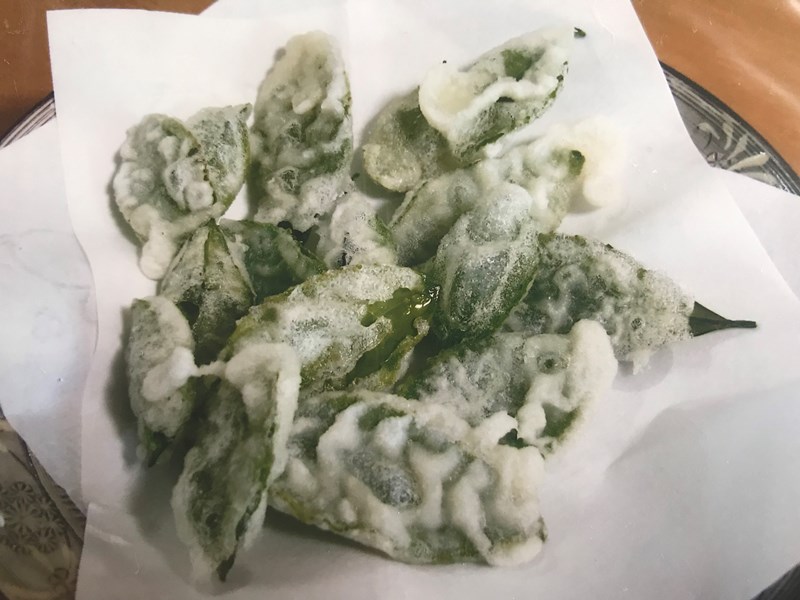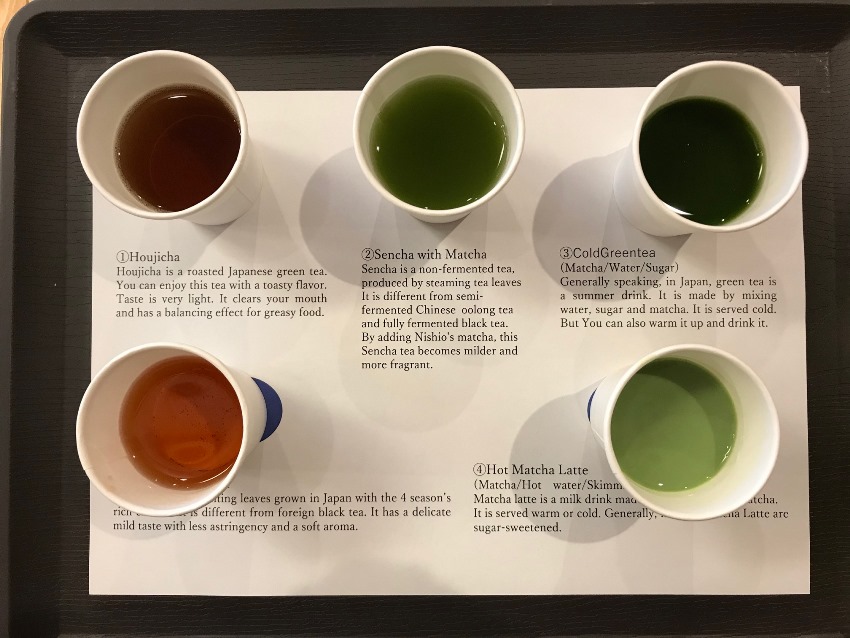Nishio Matcha
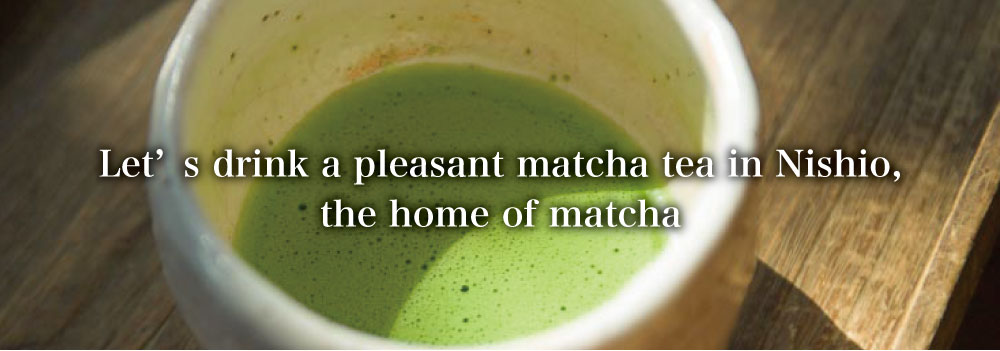
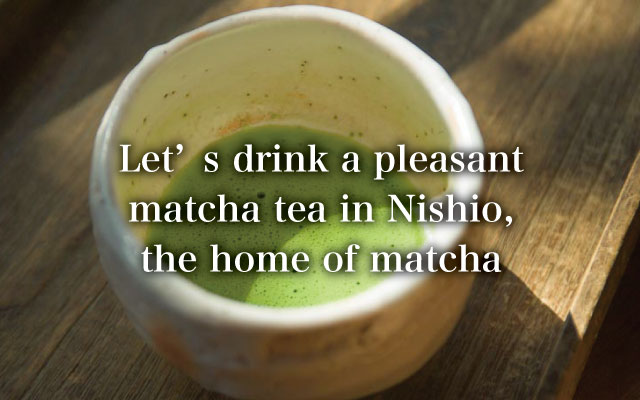
Nishio is the home of matcha green tea.Why not sip a soothing cup of matcha or eat sweets with matcha ingredients in a teahouse where you can casually enjoy matcha?
Matcha and products with matcha ingredients are the perfect souvenirs.
You can also visit a matcha factory or experience a Japanese tea ceremony.
(A 5~10 minute drive from Nishio Station)
SAIJOEN AIYA
A long-established matcha shop started in 1888. Various kinds of tea, tea ceremony utensils, sweets with matcha ingredients, etc., can be purchased. “Matcha Museum SAIJOEN Waku Waku,” offers a range of matcha-related experiences.
| Address | 15 Yokomachiyashiki, Kami-machi, Nishio City |
|---|---|
| Tel | 0563-56-2233 |
| Hours | 9:30~18:30 Last order 17:30 |
| Closed | Every first Thursday of each month (except for May, July and December) and New Year holidays |
| Hands-on museum | Reservations required at 0563-77-6572 |
| HP | www.matcha.co.jp |
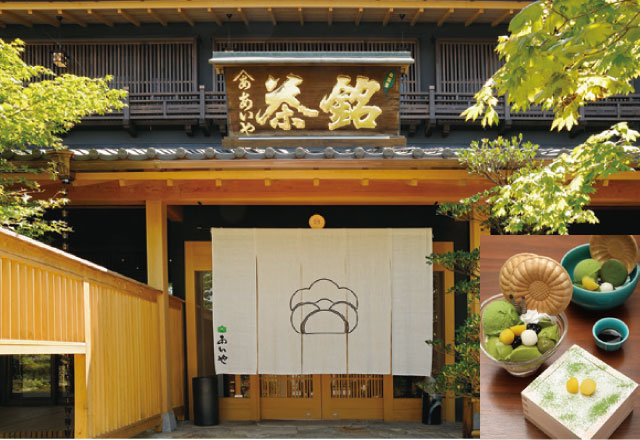
Shoukakuen (Main Shop)
*For factory tours and stone mill grinding experience,
please make a reservation at least one week in advance.
| Address | 50-2 Kami-machi Minamiarako, Nishio City |
|---|---|
| Tel | 0563-54-3360 |
| Hours | 9:00~19:00 |
| Matcha Café | 10:00~18:00 (Last order) |
| Closed | Wednesdays |
| HP | www.shokakuen.jp/ |
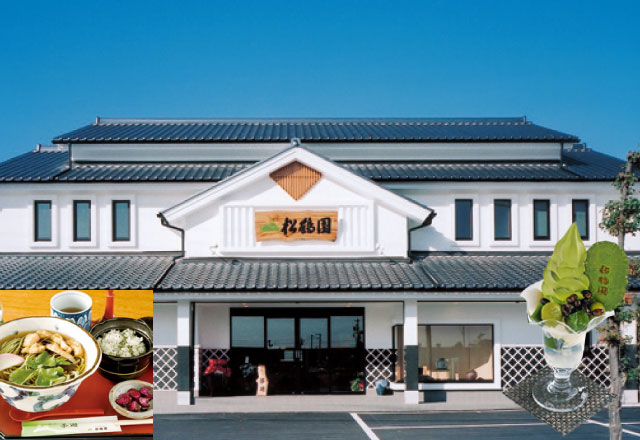
Aoiseicha
A long-established matcha maker founded during the Taisho era. Enjoy matcha and sweets at the café on the second floor on Fridays, Saturdays and Sundays. At the shop on the first floor, matcha, Japanese tea, tea ceremony utensils, and matcha sweets are available. Take a tour of the matcha tea factory and enjoy a range of experiences.
| Address | 7 Kamiyashiki, Kami-machi, Nishio City |
|---|---|
| Tel | 0563-57-2570 |
| Hours | SABO AOI (2F) 10:00~18:00 Last order 17:30 Shop (1F) 9:00~18:00 Advanced reservations available. *SABO AOI (2F) is open on Fridays, Saturdays and Sundays only. |
| Closed | Thursdays and every fourth Sunday |
| HP | www.aoiseicha.co.jp/ |
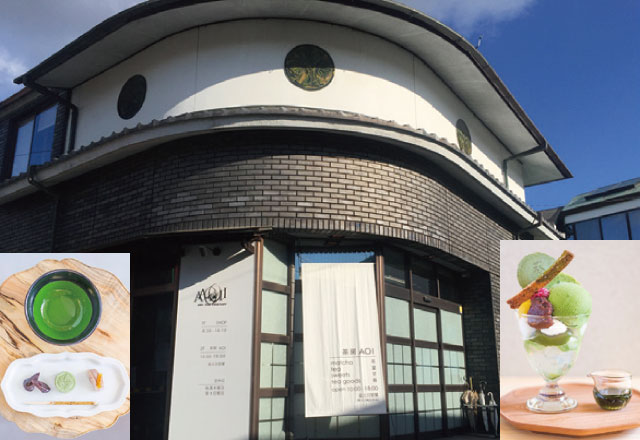
High quality tea leaves grown thanks to a mild climate and mist from the Yahagi River
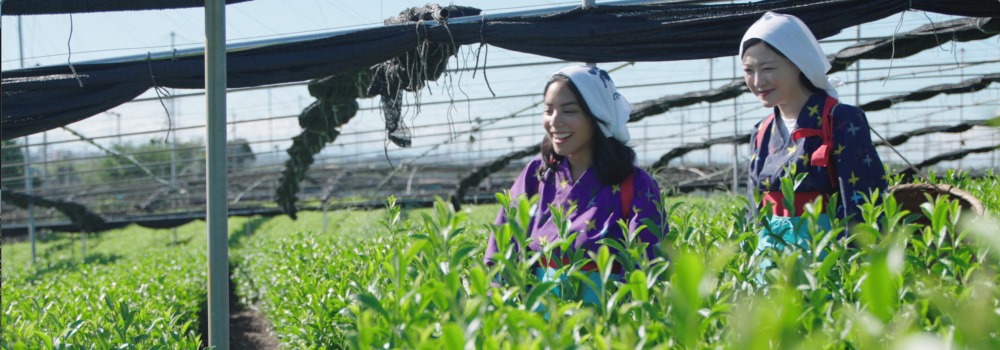
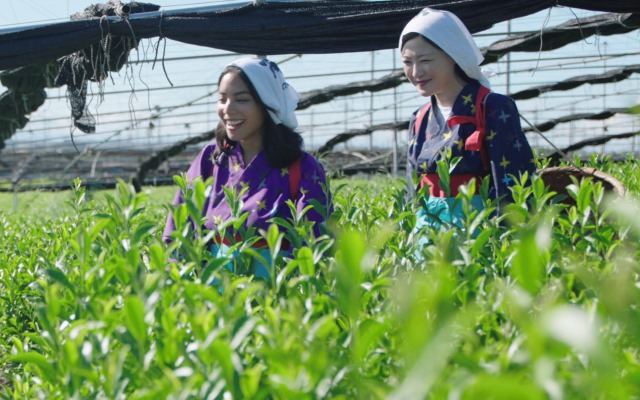
Nishio, blessed with a mild climate, rich soil carried by the Yahagi River and river mist, is one of Japan’s largest matcha production centers, accounting for about 20% of domestic production. The history of tea in Nishio begins with the founder of Jissoji Temple planting tea seeds in the temple precincts when the temple was built in 1271. Later on, around 1872, the chief priest of Kojuin Temple, Adachi Jundo, introduced tea cultivation and tea-making techniques to Nishio, which led to Nishio’s start in tea cultivation. In the latter half of the Taisho era, Nishio began mainly cultivating and producing tencha (raw material for matcha), and this has continued right up to today.
“Nishio Matcha” with a beautiful olive green color and mellow yet strong flavor
In Nishio City, more than 96% of tea produced is “tencha,” which is the “raw material for matcha.” The tea leaves grown in the shade increase in savoriness and sweetness, and become vivid green. Nishio is the only city in Japan that specializes in the production of matcha.
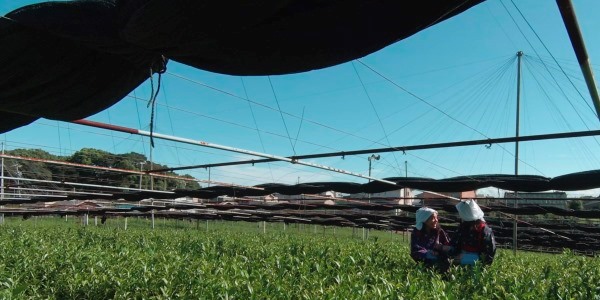
Tea plantations covered with netting to block sunlight.
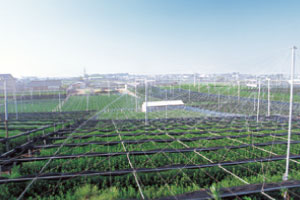
Tea plantations viewed from
Inariyama Tea Park
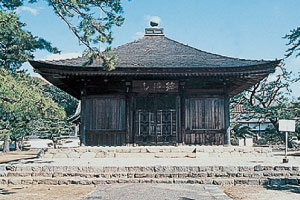
Jissoji Temple
Founded in 1271. The beginning of Nishio as the home of matcha can be traced back to the planting of tea seeds by the founder of the temple, Shoichi Kokushi.
Address 15 Shimoyashiki, Kami-machi, Nishio City 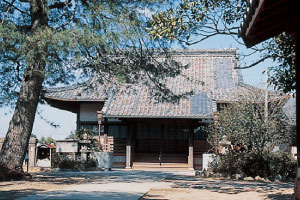
Kojuin Temple
The chief priest of the temple, Adachi Jundo, expanded tea production in Nishio. The temple is well-known for the popularization of tea.
Address 83 Hamayashiki, Kami-machi, Nishio City

“Nishio Matcha” Brandmark
The green tea color and cup and whisk,brings to mind the image of matcha.The wish is to extend the connection of Nishio Matcha and tea ceremony permanently.
How to produce matcha
1.Production of tencha-raw material for matcha (primary processing)
1.Tea-picking

Tea plantation are covered from mid-April when buds begin to sprout.Soft new buds are carefully hand-picked in mid-May.2.Steaming and drying
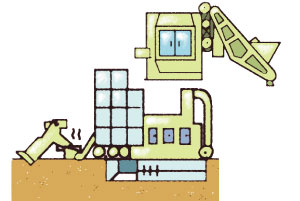
New buds are steamed and become vividly green steamed leaves. After draining and cooling, the steamed leaves go through a drying process to become tencha. Then tencha is thoroughly dried.3.Packing in a tea box or tea bag and strong in a refrigerator
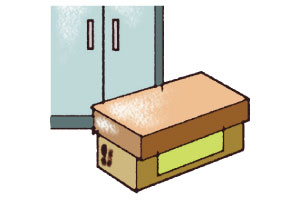
Tencha is packed in a tea box or tea bag and stored in a refrigerator at -5℃~-10℃ for maturing its flavor.
2.Production of matcha (secondary processing)
1.Drying and blending of finished tea
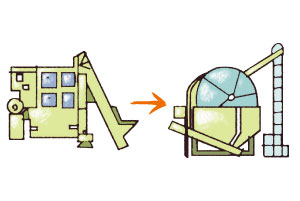
Tea is further dried to create a special aroma and blended according to the taste of consumers.2.Grinding with a stone mill
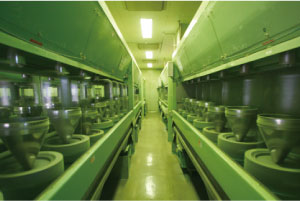
Tea leaves are ground to an ultra-fine powder of approximately 2 ~ 20μ at a rate of 40 ~ 60 grams per hour under a constant environment where the ambient temperature and humidity are kept constant at 20℃ and 40%.
3.Quality inspection
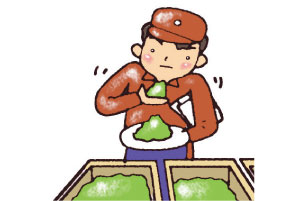
The powdered tea is inspected for its special color, aroma and flavor.4.Canning,packing and boxing
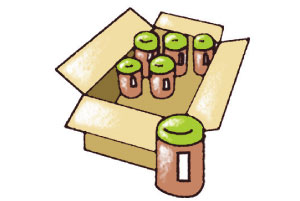
Tea is packed in a can or package by grams by tea distributors (wholesalers).5.Tea shop (sales outlet)
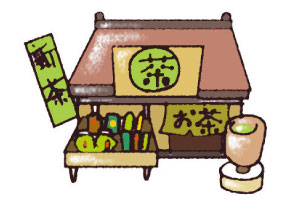
Tea is displayed in a shop and brought into our homes.
How to store matcha
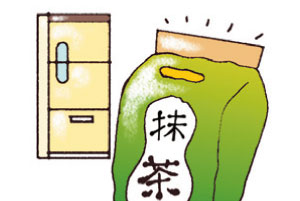
When the package has not been opened, store it in a refrigerator as is.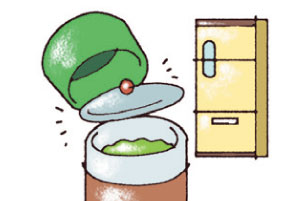
After the package has been opened, place tea in an airtight container and store it in a refrigerator.
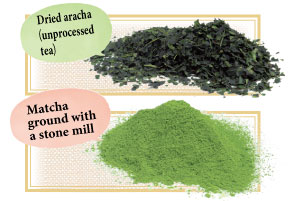
How to drink matcha
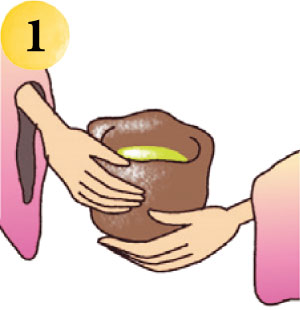
Lift up the tea bowl (chawan) with your right hand and place it in the palm of your left hand.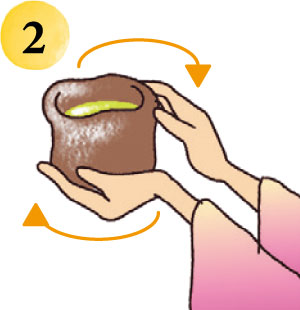
In order to avoid the front side of the tea bowl (the side facing you is the front side). hold the other side of the tea bowl with your right hand, and gradually turn it clockwise 2 times (about 1/4 of the bowl).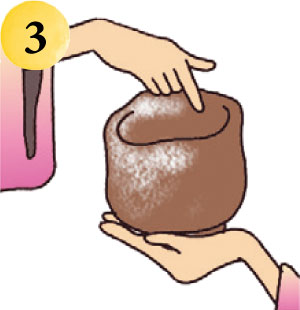
Drink all the tea in 3 ~ 5 sips. After finishing the tea, wipe the part of the tea bowl touched by your mouth with your thumb and index finger, and wipe them with kaishi paper.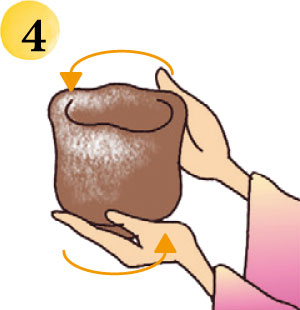
Turn the tea bowl back so that the front side will face you, and place it gently outside the edge of the tatami mat with your right hand.

Lift up the tea bowl (chawan) with your right hand and place it in the palm of your left hand.

In order to avoid the front side of the tea bowl (the side facing you is the front side). hold the other side of the tea bowl with your right hand, and gradually turn it clockwise 2 times (about 1/4 of the bowl).

Drink all the tea in 3 ~ 5 sips. After finishing the tea, wipe the part of the tea bowl touched by your mouth with your thumb and index finger, and wipe them with kaishi paper.

Turn the tea bowl back so that the front side will face you, and place it gently outside the edge of the tatami mat with your right hand.

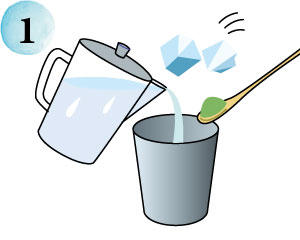
Place 50cc of cold water. 2 ice cubes and 2 ~ 3 grams of matcha into a shaker.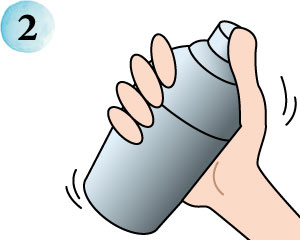
Close the lid of the shaker, and shake it for about 30 seconds.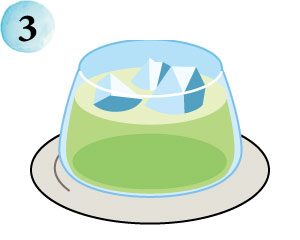
Pour the contents into a cool-looking glass. Now iced matcha is ready.
Easy if you have a tea bowl,a tea whisk,and hot water!
Enjoy drinking matcha at home without the formalities. Place 2 grams of matcha in a tea bowl (2 ~ 3 bamboo tea spoonfuls) and pour about 50cc of hot water at about 80℃. Stir the tea as if you were writing the letter “m” with a tea whisk. When a soft froth is produced, the matcha is ready to drink. If you find lumps in your matcha powder when being placed in the tea bowl, break them in advance. In winter, warm up the tea bowl in advance. In summer, it is recommended to make iced tea using cold water.
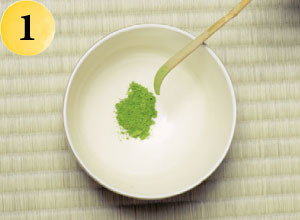
Place about 2 ~ 3 bamboo tea spoonfuls of matcha (chasyaku) in a tea bowl (chawan).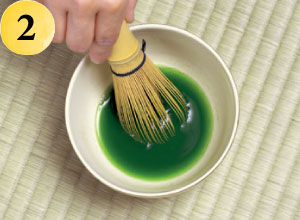
Stir the tea well by moving your wrist as if you were writing the letter “m” with a tea whisk (chasen).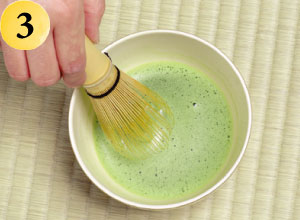
When fine froth is produced, pull out the tea whisk swiftly without breaking the froth.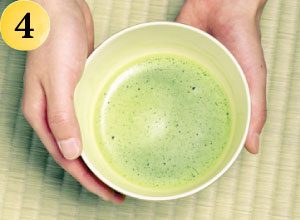
Enjoy a bowl of delicious Nishio Matcha!

Place about 2 ~ 3 bamboo tea spoonfuls of matcha (chasyaku) in a tea bowl (chawan).

Stir the tea well by moving your wrist as if you were writing the letter “m” with a tea whisk (chasen).

When fine froth is produced, pull out the tea whisk swiftly without breaking the froth.

Enjoy a bowl of delicious Nishio Matcha!
Health benefits of matcha
A cup of matcha is an excellent health drink.
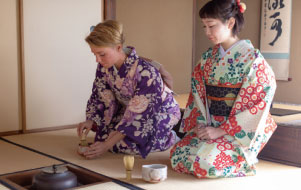
Excellent alkalinity and zero calories
Matcha contains many minerals (which prevent acidification of the body), and has excellent alkalinity.

A gold mine of vitamins
Matcha is effective in strengthening the immunity system against viral infection and preventing scurvy.
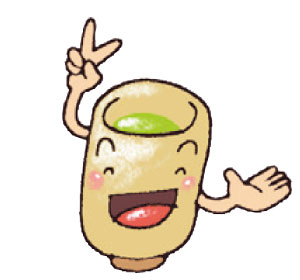
Relieves stress and improves concentration
Caffeine contained in matcha stimulates the brain, calms the mind and improves concentration.

Improves memory and capacity for judgement
Caffeine and theanine (which induces sweetness) contained in matcha gently stimulate and activate the brain and central nervous system. When you feel tired from studying for an examination, etc., a cup of matcha will sharpen your senses.
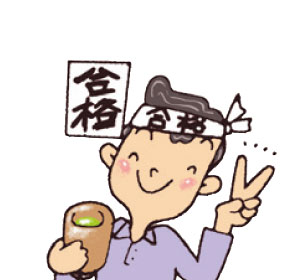
Anti-aging benefits
Matcha has drawn attention for its anti-aging benefits that suppresses the fatty acid peroxides in the body.
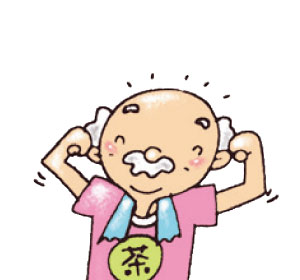
Recommended for pregnant women
Studies have shown that drinking matcha, which contains essential inorganic nutrients for pregnant women, helps protect against lowbirth-weight babies.

Prevention against dental caries and mouth care etiquette
Matcha is good for mouth care etiquette as it contains a rich content of natural fluorine (which prevents dental carles) and chlorophyll (which has a strong deodorizing effect).

Prevention against lifestyle diseases
Ingredients contained in matcha are effective in facilitating cardiovascular circulation, removing blood clots and preventing bad cholesterol.
